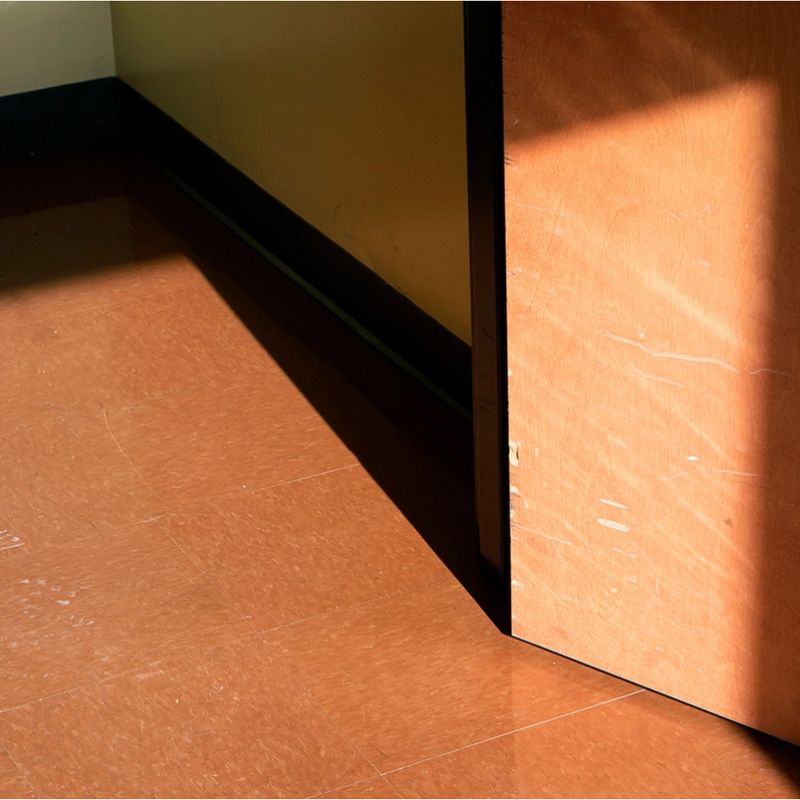Contemporary Danish Poetry: <br>A Brief Introduction
by Louise MønsterProviding a brief introduction to contemporary Danish poetry isn’t easy. To do so is to demarcate a field which is characterized by the fact that it exceeds its own boundaries. It is to frame an area which cannot be addressed in isolation, but which is in continual interaction with the world around it. The characteristics I am going to highlight are, therefore, not unique to contemporary Danish poetry. It is possible to discover them in much other Nordic, European, and Western poetry. What is specific, on the other hand, is to be found in the particular ways the poets handle these aspects. Poets who are Danish—with all that this might imply in the way of geographical, mental, and linguistic characteristics—but who are also so much else. Most of all, they are poets who are poets. This can therefore merely serve as an introduction: an approach to a poetic landscape which you can only get to know by making your way through it.
An expansion of the poetic field has taken place in Denmark over the last decades, and in particular after the turn of the millennium. Poetry has to an increasing degree moved between genres, media, and art forms. The book is still an important site of publication for poetry, but poetry has changed character; the classic lyric poem has been challenged by other forms of expression, for example of a more polyphonic, prosaic, or conceptual character. Similarly, the physical form of the volume of poetry has been subject to change. Poets have played with the book as a medium and explored its materiality and forms of distribution. This includes greater attention to factors such as paper quality and color, just as alternative formats such as Post-it poetry, Metro poetry, poetic coffee table books, artist books, and chapbooks have become popular.
The upsurge of interest in the materiality of books can be seen as a response to the fact that the book as a medium no longer reigns supreme nor is the obvious choice. Contemporary Danish poetry expresses itself between media, and the poetic work often appears in several versions. Poetry is printed, read, performed, and remediated. This expansion of poetry’s scope can partly be understood in relation to new electronic media and devices such as the internet, mobile phones, and iPads, which have made possible the development and distribution of, for example, digital poetry, SMS poetry, and video poetry, and partly has to do with the emergence of a more event-oriented literary culture. There has been a significant increase in the number of literature and poetry cafés, poetry stages, and festivals in Denmark over the last two decades, as well as a growing interest in experiencing poetry live. This has meant that poetry readings and poetic performances have become ever-more-important forms of expression, just as many interdisciplinary collaborations have arisen. There has not least been a boom in the combination of poetry and music.
In addition to this diverse, expansive, and extroverted poetic culture, the last few years have also seen a more politically engaged poetry—poetry which addresses social and environmental issues and looks at current problems regarding, for example, the climate, capitalism, social inequality, war, refugees, power relations, ethnicity, and gender. The aesthetic and existential orientation of poetry has to an increasing degree been complemented by ethical and subversive aspects that address the world. If it in this way makes sense to speak of the return of the political in contemporary Danish poetry, it is also important to underline that this isn’t defined by the projection of black-and-white opinions, but rather by the will to take on current burning issues and by a belief that poetry can, on its own terms, make an important contribution to them.
In my opinion, one of the most fundamental characteristics of contemporary Danish poetry is its openness to poetry’s multifarious forms of expression, with both classic and experimental poetry thriving side by side. The expansion of the poetic field hasn’t been accompanied by a watering down or weakening of the poetry. On the contrary, poetry in Denmark today is in rude health, and is the subject of great awareness and interest. Some have even said that Danish poetry finds itself in a new Golden Age. If this is the case, it isn’t a golden age characterized by either romantic or nationalistic connotations. On the contrary, poetry is very conscious of the fact that, at the same time as we live on certain latitudes and have our private coordinates, we are also inevitably part of a global climate.
Each in their own way, and each in their own voice, the four poets presented in this issue of Shenandoah, Pia Juul, Niels Frank, Martin Glaz Serup, and Nanna Storr-Hansen, also highlight issues such as these. They demonstrate that human beings are both complex and vulnerable, subject to and entrusted to both their own and the world’s great demands, feelings, longings, and dreams. They do so on poetry’s own terms, and with its particular sensibility for the manifold meanings of language.
